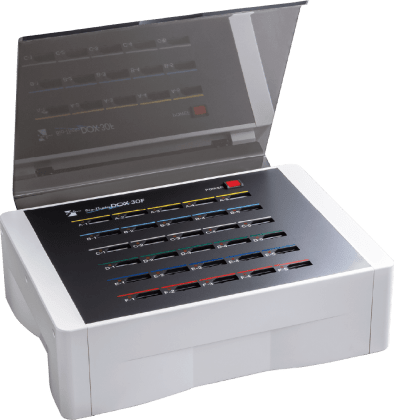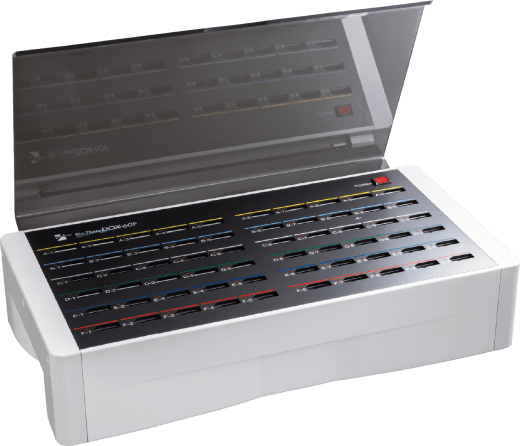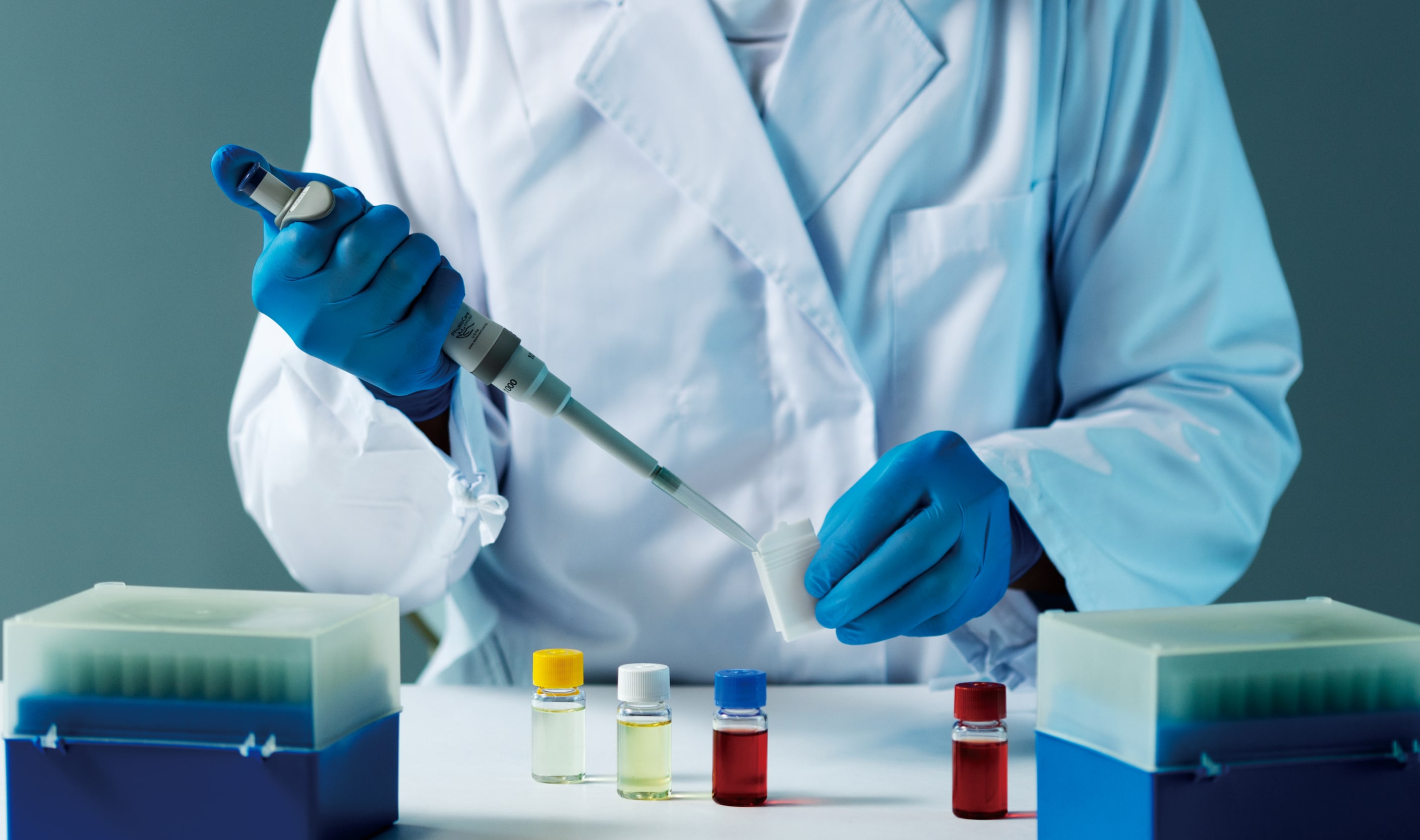Food Bacteria Count System
Featured in "Standard Methods of Analysis in Food Safety Regulation"
AOAC Research Institute
Performance Tested MethodsSM License Number 040801/120801
Performance Tested MethodsSM License Number 040801/120801
Food Sanitation Inspection Guidelines, Microorganisms Edition 2018 (included)
DOX is a "reliable" and "accurate" bacterial testing system that has been listed as a rapid and easy method in the Microorganisms Edition of the Food Sanitation Inspection Guidelines since 2015.
Count food bacteria in-house, quickly and easily!
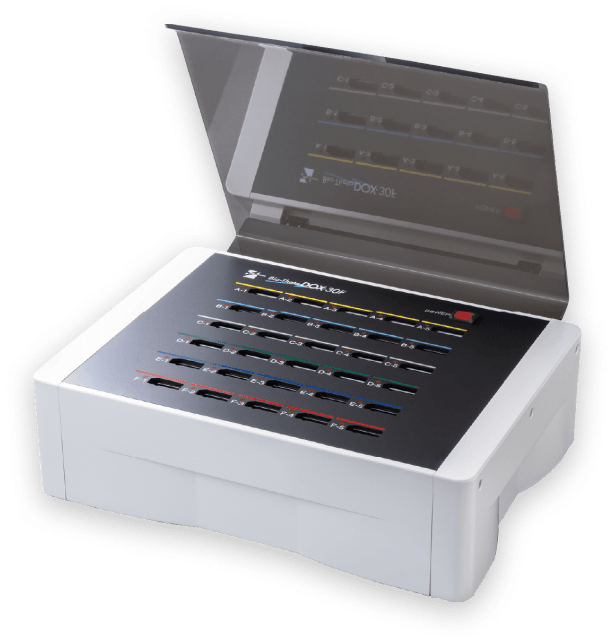
DOX-30F
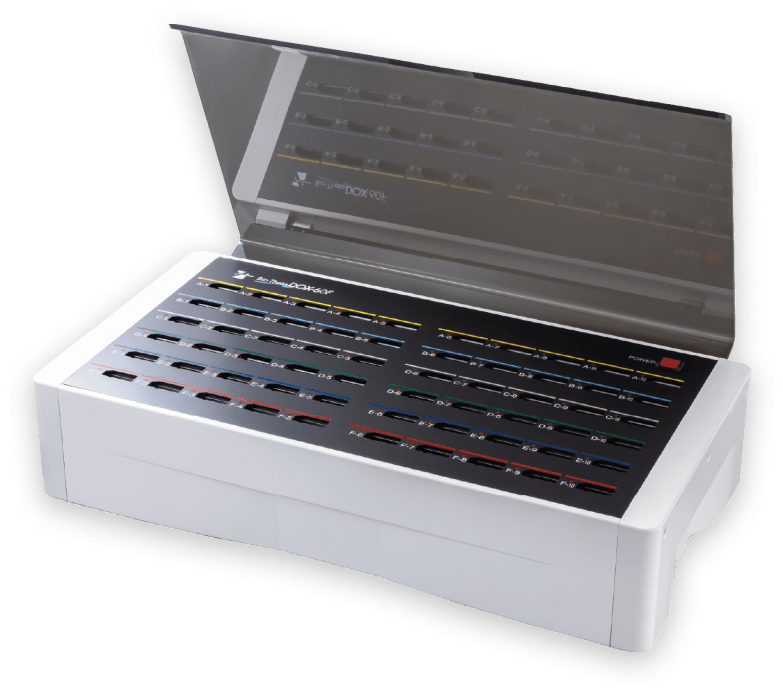
DOX-60F

